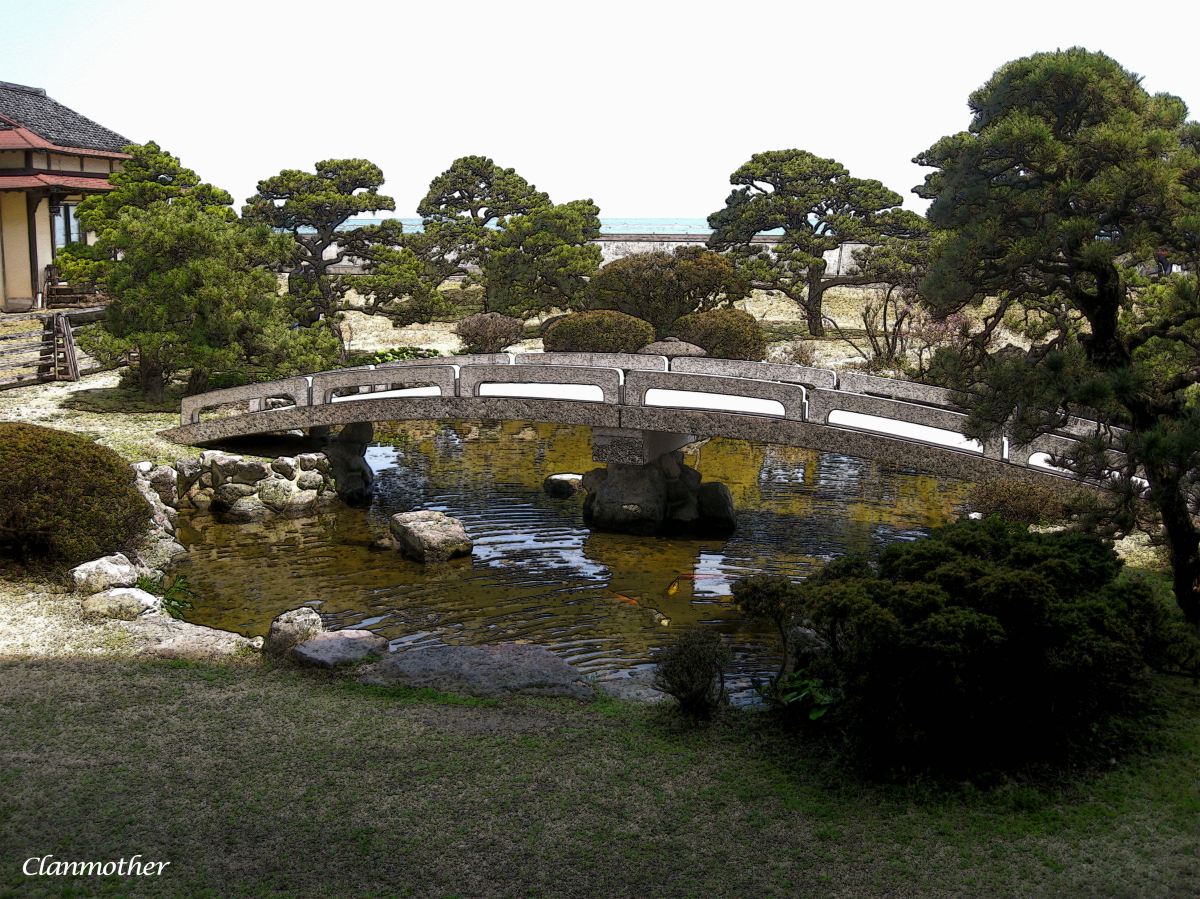“When I reached thirty I looked back on my past. The previous victories were not due to my having mastered strategy. Perhaps it was natural ability, or the order of heaven, or that other schools’ strategy was inferior. After that I studied morning and evening searching for the principle, and came to realise the Way of strategy when I was fifty.”
Miyamoto Musashi, A Book of Five Rings: The Classic Guide to Strategy
Musashi is known to have introduced and perfected a two-sword kenjutsu technique known as Niten’ichi Ryu which means two swords as one. His non de plume used on some of his artwork was “Niten” which signifies “Two Heavens.” Some believe that this may refer to his strategy of holding a sword in each hand.
Musashi believed that when you attained the Way, you would achieve understanding in all things. “You will see the Way in everything,” he wrote. Indeed, he created masterpieces that illustrated his love of the natural world. He painted cormorants, herons, birds, and flowers. He was at the same ease with a calligraphy brush as he was with a sculptor’s or metal worker’s tool. Although none have been found, there is historical evidence that he wrote poems and songs.
When Musashi was in his early sixties, he took up residence in Reigan Cave, Kyushi, where he wrote “Gorin no Sho,” A Book of Five Rings. Each volume connects the different elements of battle to the physical elements in life as described by Buddhism, Shinto and other Eastern religions – Earth, Water, Fire, Wind and Void. It is a testament to his dedication and passion for the Way.
“Think lightly of yourself and deeply of the world”
Miyamoto Musashi, A Book of Five Rings: The Classic Guide to Strategy

Bonjour Rebecca ! :o))
LikeLike
Merci beaucoup pour votre visite! Ont pensé à vous en particulier ces derniers jours …
LikeLike
merci à vous, bonne journée Rebecca ! ;o)
LikeLike
Je vous remercie, mon cher ami! Je me réjouis de vos voeux.
LikeLike
This is encouraging. There is wisdom and enlightenment to be found in later years. I hope I can find them.
LikeLike
I was thinking the same thoughts!!! Let’s look together!!!
LikeLike
What an amazing, and amazingly talented man he was. I was looking at his classic painting The Shriek last night as part of my ‘read along with your blog’ and reading my own copy of Five Rings (thank you again for introducing me to this fascinating work). Anyway, back to The Shriek, it seems to epitomise everything that MM taught – confidence, anticipation, being at one with nature – I could go on…
LikeLike
I am so very, very glad that you are enjoying this dialogue. All my life, I have been more cerebral than physical, avoiding anything that was martial. A few years back I took a class on Tai Chi – that is when I started to look at thinks a little differently.
LikeLike
Sorry, I realise I’d spelt Shrike wrong in my last comment – MM would frown at my lack of attention to detail! – here’s a link to one of many sites where you can see the picture http://www.japanese-arts.net/painting/zen_musashi.htm
LikeLike
What a great find! Thank you for the link. Actually I think that MM would be pleased to know that we were still reflecting on the Way centuries after he lived…
LikeLike
As usual your posts make me look for a bit more. I found this as I was reading about the Book of Five Rings:
“keep calm in the midst of chaos, and remember the possibility of disorder in times of order.”
I don’t think it means to roll over and play dead in times of chaos, but to think before acting.
The picture with this post looks like a calm place to be. 🙂
LikeLike
A profound quote. He says so much within a sentence. I agree – think before acting. We forget that actions bring results and consequences that have the potential to reach beyond our control. As for the picture – I waited a long time before I could get a shot without someone walking across the bridge. It became a game after awhile.
LikeLike
Thanks for highlighting Miyamoto Musashi’s book, I haven’t heard of it but will be looking to his thoughts more
LikeLike
I am learning as I go along. It seems that the Way was a combination of physical and spiritual. I always find it interesting that those that are following a “Way” seem to end up in a cave….
LikeLike
🙂 my old professor used to say to me “Lee, just because you don’t like the shadows in Plato’s cave, doesn’t mean you have rent rooms in disneyland”.
LikeLike
🙂 I like your professor!!!
LikeLike
Even at this age I have no clue which way I’m going. These masters had the ability to find inspiration and meaning within themselves.
LikeLike
It all happens when you turn fifty!!! 🙂 It seems that focus and single mindedness has a great deal to do with their journey. I also think there is a connection with the physical aspect – they know their bodies are frail and turn inward and more reflective as they embrace the passage of time.
LikeLike
Oh is that what it is…my body is falling apart? Oh great….
LikeLike
🙂 🙂 🙂
LikeLike
We all have much to learn, even at advanced ages.
LikeLike
I agree – and that makes living all the more exciting and adventurous!!
LikeLike